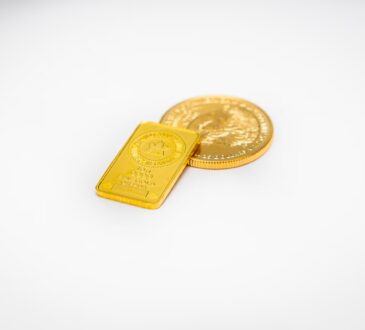
Stay informed with free updates
Simply sign up to the Mining myFT Digest — delivered directly to your inbox.
Gold’s recent rally has boosted the prospects of cyanide producers as they increase production to meet rising demand for chemicals to process the metal.
Two of the largest suppliers of sodium cyanide, which is used to leach gold specks from crushed rock, said they had rapidly expanded production on the back of rising gold prices and increased mining activity.
Orica, which acquired US rival Cyanco for $640mn last year, plans to accelerate production as North American operators look to restart mothballed gold mines, said Andrew Stewart, head of Orica’s speciality chemicals division.
“We’re enjoying the volatility coming out of the White House,” he said, referring to the trade uncertainty from US President Donald Trump’s tariffs, which has driven much of gold’s record run.
Australian Gold Reagents, another sodium cyanide producer, this year applied to the state government to boost production capacity at its Western Australia facility to 210,000 tonnes a year in the future.
The company, which supplies miners in Africa, Australia, South America and south-east Asia, has already started to raise capacity by 30 per cent to 130,000 tonnes this year.
“Within chemicals, [the sodium cyanide plant] is one of our strongest return on capital investments and will continue to be so,” said Aaron Hood, managing director of Wesfarmers’ chemicals, energy and fertiliser division, which owns AGR.
The price of gold has risen 15 per cent in the past two months and hit an all-time high of $4,381.52 a troy ounce last week before settling at about $4,000 this week.
The sharp rally, partly driven by a dash to safer assets amid geopolitical uncertainty, comes as the mining sector undergoes consolidation and has spurred more mining activity.
Gold groups Newcrest, Northern Star and Gold Fields have acquired smaller rivals in the past two years, while smaller miners have begun to look at gold deposits previously deemed unviable.
Ramoun Lazar, an analyst with Jefferies, said the rally “incentivises gold exploration and, in turn, increases the demand for . . . sodium cyanide given ore bodies become deeper and harder to mine”.
Orica’s history dates to the Victorian gold rush of the 1870s when it supplied explosives to miners. It later became part of UK chemicals group ICI before being spun out in the 1990s. “We started in gold and we’ve gone back there,” said Stewart.
Wesfarmers, which started as a farmers’ co-operative and owns several Australian retail chains, has invested in a wide array of minerals and chemicals, including lithium.
But the sodium cyanide business, which it has owned alongside Coogee Chemicals since 1988, has been a “quiet achiever”, said Hood. “It’s one of our largest export businesses.”
The Australian companies compete with Czech chemicals group Draslovka and Chinese rivals, which make it as a byproduct of nylon manufacturing.
A longer-term threat to cyanide producers could be less toxic alternatives, said Paul Breuer, a scientist at the government research institute CSIRO, who has led a research team to develop an alternative gold leaching product called thiosulphate.
Breuer said government regulations on cyanide use were becoming more stringent — especially around the risk of the chemical entering water supplies — but it has been a struggle to convince the conservative gold industry to switch from a chemical considered effective and robust.
Wesfarmers’ Hood said he was unconvinced that alternatives would make much of a mark given the mining industry’s cost pressures, adding: “If you’re a metallurgist, why would you take the risk?”




